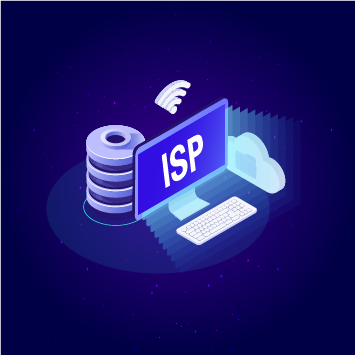TikTok,the land of viral dances, oddly satisfying cleaning videos, and cats plotting world domination. If you're a marketer, it's also the land of endless opportunity—if you know how to play your cards right. And believe it or not, one of the best cards you can have up your sleeve is a static residential IP. Wait, don’t yawn just yet! I promise this will be more fun than it sounds. First, let’s break it down. A static residential IP is like the VIP pass of the internet. It’s an IP address tied to a real location (you know, like an actual house, not some sketchy server farm in the middle of nowhere) that doesn’t change every five seconds. Think of it as your online “home address,” but without the risk of your neighbors stealing your Amazon packages. So why does this matter for TikTok advertising? Well, TikTok’s algorithm is like a nosy neighbor—it notices *everything*. It tracks where your ads are coming from and makes decisions about who should see them. If you’re using a random, ever-changing IP address, TikTok might think you’re up to no good (like spamming or trying to sell fake Gucci bags). But with a static residential IP? Boom. You look legit, trustworthy, and ready to serve up some top-tier content. Now, let’s talk targeting. TikTok is all about reaching the right audience—whether it’s Gen Z fashionistas, millennial plant parents, or middle-aged dads who’ve discovered the joy of dad jokes. A static residential IP helps you localize your campaigns and test ads in specific regions without raising any red flags. Want to see how your ad performs in Chicago vs. Miami? Easy peasy. And here’s the kicker: TikTok loves consistency almost as much as it loves sea shanties. A static residential IP keeps your campaigns running smoothly. No weird glitches, no sudden bans, no waking up to find your ad account in TikTok jail. It’s like having a reliable Wi-Fi signal during a Netflix binge—pure bliss. But let’s not forget the funny side of this. Imagine explaining to your friends that your secret weapon for TikTok success isn’t a killer dance move or a talking parrot—it’s an IP address. “Oh yeah,” you’ll say casually at brunch, “I owe it all to my static residential IP.” Cue blank stares and someone asking if you’ve had too much coffee. In conclusion, static residential IPs might not be the most glamorous part of TikTok advertising, but they’re definitely one of the most important. So go ahead, embrace the nerdy tech magic, and watch your campaigns soar higher than a teenager’s follower count after going viral. Who knew an IP address could be the unsung hero of your TikTok empire?
2025-01-24





